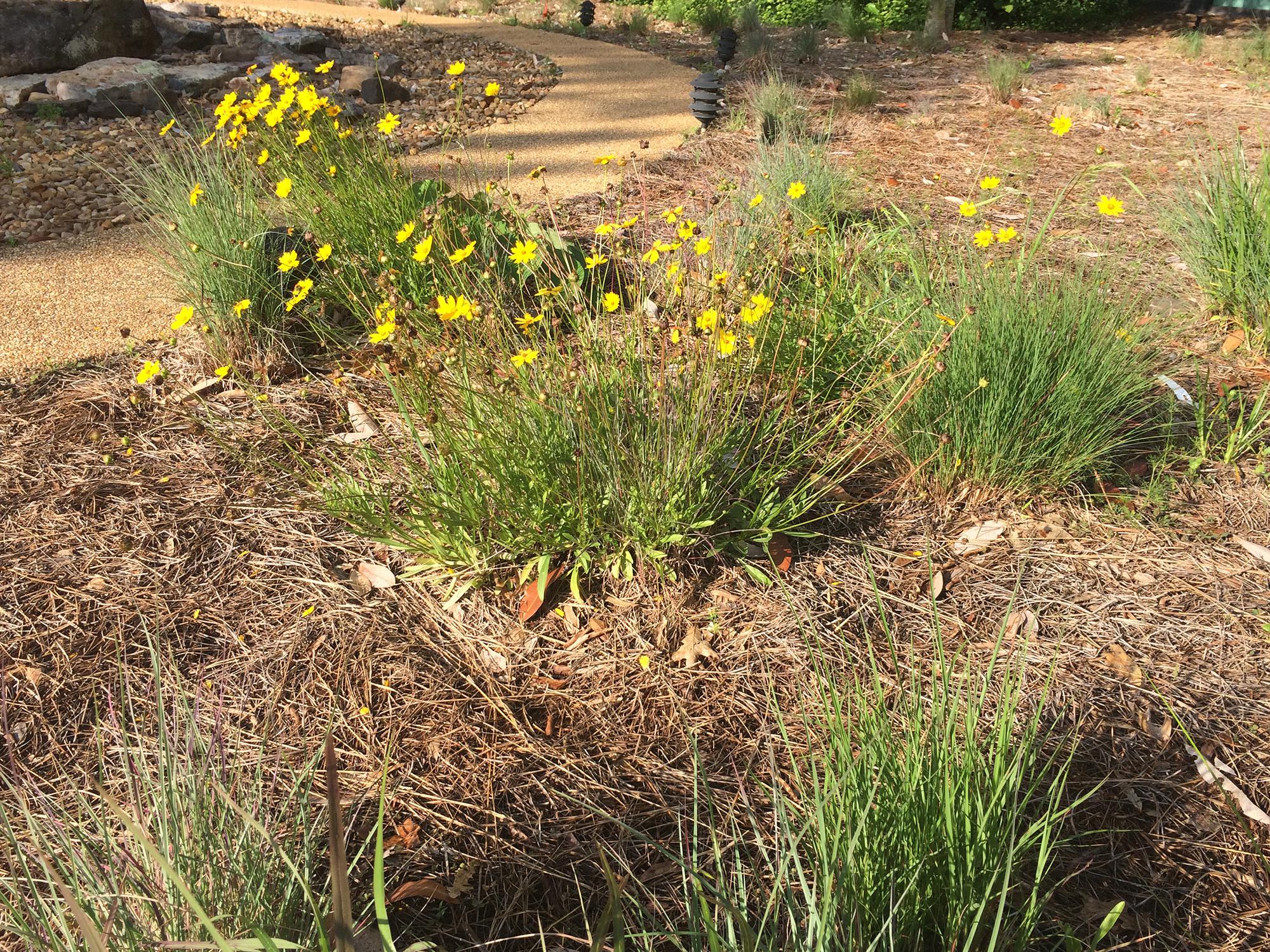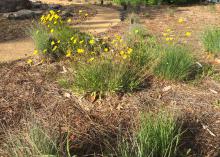Information Possibly Outdated
The information presented on this page was originally released on May 20, 2016. It may not be outdated, but please search our site for more current information. If you plan to quote or reference this information in a publication, please check with the Extension specialist or author before proceeding.
Reduce outdoor water use during summer months
STARKVILLE, Miss. -- Despite above-average rainfall in Mississippi between January and March, only a small portion of that moisture made it back into our groundwater, which is the primary source for household needs, including water for lawns and gardens.
As temperatures increase and rains decrease over the hot summer months, it’s important to use water resources efficiently. Luckily, there are a number of ways to save water and still have beautiful yards.
Outdoor water applications can cause a household’s average water use to increase up to four times more than usage in the rest of the year, according to the U.S. Environmental Protection Agency. For example, the average family uses 320 gallons per day, but during the summer, this amount can average up to 1,000 gallons per day.
Of all that water used outdoors, up to 50 percent is wasted. With many common watering practices, plants don’t actually use much of the water applied to lawns and gardens. Instead, a fair amount evaporates, runs off the lawn into streets or soaks through the soil too quickly to saturate plant roots. Applying too much water or applying water too quickly can cause these problems.
There are various free and simple ways you can use outdoors to water more efficiently. For example, don’t water the lawn if it doesn’t need to be watered. Step on your lawn; if the grass springs back, it doesn’t need water. Also, don’t mow your lawn as short as a golf green. Longer grass promotes a more drought-resistant lawn, reduces evaporation and suppresses weeds.
Experts stress that timing is key. Allowing soil to dry slightly between watering helps get oxygen to the root system. Try to water yards during cooler times of the day, when the potential for evaporation is lower. Avoid overwatering the lawn. If water is running into the street, it’s time to stop. Repair leaking sprinklers as soon as possible. Don’t water your lawn or plants during rainstorms or high winds. Consider collecting rainwater in watering cans or rain barrels to use on your landscape.
More and more homeowners are opting for landscapes that save water and protect the environment by choosing native and drought-tolerant plants. This trend in water-smart landscaping can increase curb appeal and lower water bills. Water-smart landscaping can have additional benefits, such as requiring less fertilizer, pesticides and maintenance -- leading to a reduction in water pollution of streams, rivers and lakes.
Make yards more water-smart by trading out some areas of turfgrass for native or adapted plants, especially those that are drought tolerant or can go for longer periods without water. Using mulch around planted areas adds organic matter, inhibits weed growth, decreases erosion and decreases evaporation -- benefits that increase water retention in soils.
For more information about water conservation, contact Beth Baker with the Research and Education to Advance Conservation and Habitat, or REACH, program at Mississippi State University at 662-325-7491 or beth.baker@msstate.edu.

Editor’s Note: Extension Outdoors is a column authored by several different experts in the Mississippi State University Extension Service.





